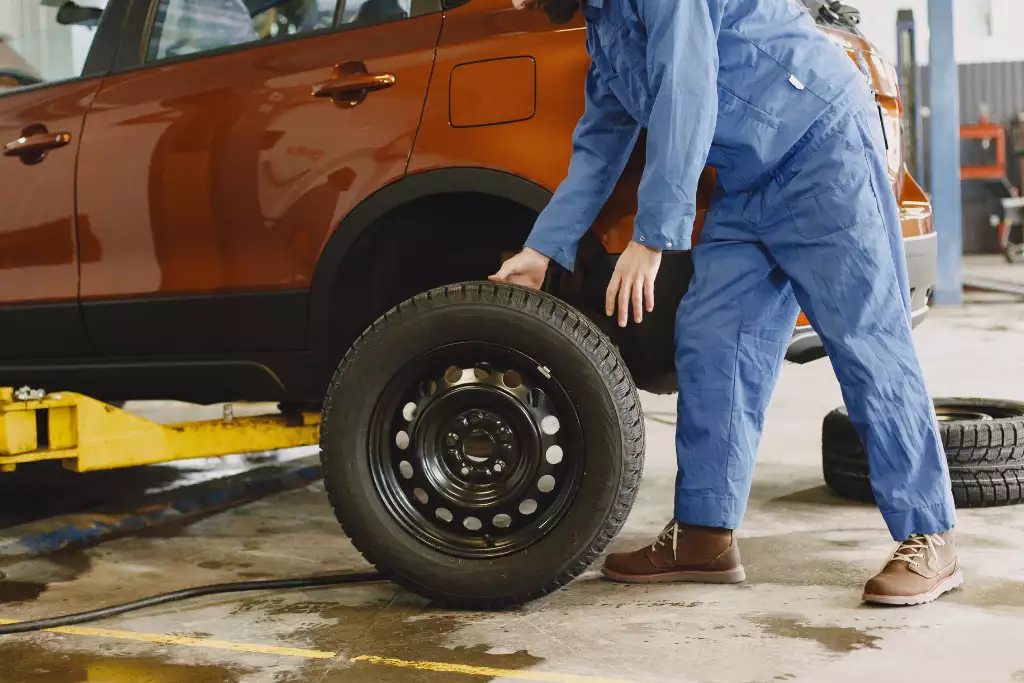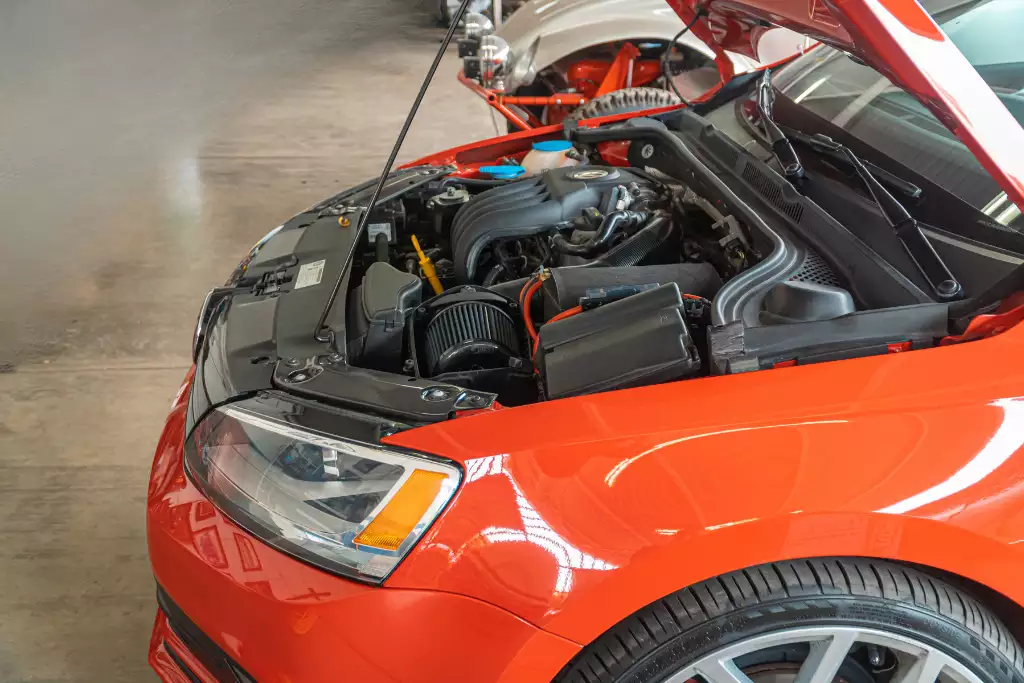On hot days, car components are more prone to malfunctions. As vehicles become increasingly complex, the time required for inspection and maintenance also increases. With a thermal gun, vehicle problems can be quickly identified and repaired. Essentially, the function of a thermal gun is to display the temperature difference and temperature of the car parts, with red indicating the highest temperature and blue indicating the lowest temperature.
Using a thermal imager to inspect a car has more benefits compared to traditional manual inspection. First, car mechanics can avoid touching hot parts during inspection, reducing the risk of injury. In addition, when combined with manual inspection by garage personnel, the inspection process is faster. For car owners in general, thermal imagers can also be used for some simple self-inspection. The thermal imager is small in size, easy to store and carry, and easy to operate. The following will briefly introduce how it can be applied to different inspections:
- Measure the temperature of the coolant at the end of the pipe
The normal temperature of coolant is about 90°C, and temperatures higher or lower than this can cause problems. After the liquid flows into the radiator, the temperature will differ by about 10°C to 15°C.
- Scan the car body to check for signs of air leaks
The sealing of the car body is the biggest factor affecting the operation of the air conditioning. After turning on the air conditioning under sealed conditions, using a thermal imager to take a picture of the car body from the outside can show the status of the air conditioning wind barrier.
- Check if the heating equipment temperature is normal
Using a thermal imager, aim at the heating line on the rear window of the car. If the temperature is uneven, it indicates a problem, which is the same for electric heating pads on the seats.
- During long-distance travel, check the wheel temperature to avoid tire blowouts
We can first check the temperature reading of the four wheels. Under normal circumstances, the temperature of the wheels should be around 40°C to 80°C, and during high speed driving on the highway, it can rise to 90°C to 110°C. However, if it exceeds 120°C, it indicates danger. The increase in temperature of the wheels will cause the rubber to age. If the temperature exceeds what it can bear, it may not only reduce the life of the wheels but also cause them to burst, which is very dangerous.


References:
- Tech Tip: Spotting Problems with a Non-Contact Infrared Thermometer, from
https://www.underhoodservice.com/tech-tip-spotting-problems-with-a-non-contact-infrared-thermometer/ Thermal Imaging in the Automotive Industry, from
https://www.thermascan.co.uk/blog/thermal-imaging-automotive

